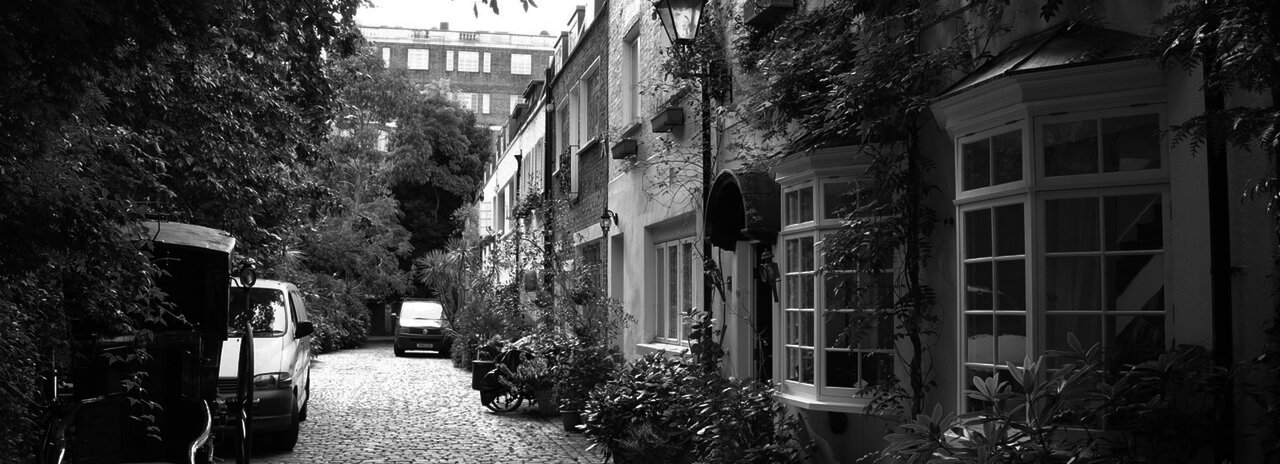Despite the improving economy, bad debts are still a fact of life for many businesses. HMRC is aware that not all invoices are paid on time and allows bad debt relief to be claimed by businesses that have already paid VAT to HMRC on sales invoices that remain unpaid.
How bad debt relief is allowed depends on the accounting scheme being used. The cash accounting scheme is the most straightforward way to avoid a bad debt problem because output tax on invoices issued is only declared on a return when payment has been received. In effect, this means that bad debt relief is automatic. Although cash accounting may be beneficial for businesses suffering late payers, the 'downside' of this scheme is that input tax is not claimable until the business pays its suppliers, rather than the potentially earlier VAT period under the invoice-based accounting scheme.
In comparison, VAT bad debt relief under invoice accounting requires the VAT shown on the issued invoice to already have been paid to HMRC. To recover the VAT the debt must be:
· at least six months overdue from the date of the supply (i.e. the due date of the invoice)
· written off in the accounts
· claimed within four years and six months from the date the payment became due.
The process of claiming bad debt relief is straightforward, being made by adjusting the VAT return for the period in which the six-month period has passed, including the amount with the input VAT being claimed for the period. If the debtor is subsequently declared insolvent and the business wishes to make a claim, the claim will be of the VAT-inclusive amount as the VAT will have to be accounted for on any debt recoveries.
If the debt is the other way round and it is the purchaser who is in default, the input VAT already claimed on supplies should be repaid to HMRC regardless of whether the supplier reclaims bad debt relief. In practice, the debtor will, in all probability, not be in touch with the supplier and will be unaware whether bad debt relief has been claimed;
whether the VAT is repaid to HMRC is something that HMRC may not be able to trace unless under enquiry.
Flat rate scheme
The flat rate scheme (FRS) applies a fixed percentage to quarterly gross sales to calculate the VAT payment. A claim for bad debt relief under the FRS could be beneficial.
Example
James uses the FRS percentage of 10.5% under the cash accounting scheme. One of his clients goes into administration owing him £5,000 + £1,000 VAT.
If James had been paid, he would have received £1,000 and declared £630 on his VAT return (i.e. £6,000 gross income multiplied by 10.5%). Non-payment means a VAT surplus of £370, which effectively represents compensation for the loss of input tax incurred by using the scheme instead of adopting invoice accounting.
Zero rated sales
Bad debt relief revolves around the VAT charged to the customer. Applying the rules means that an FRS business making zero rated supplies would not be eligible for the relief and FRS VAT would always be payable. If the business uses the cash basis, this would lead to the situation that, on writing off the bad debt, the FRS VAT would become payable. In this situation, the bad debt regulations are not applied such that the business can ignore (if cash accounting) or reclaim (if invoice accounting) the FRS VAT on the bad debt.
Practical point
Note that the due date is relevant to the six-month claim, e.g. if goods were delivered on 25 June, the invoice issued on 30 June, and the payment terms were 14 days, the six-month period starts on 13 July.

